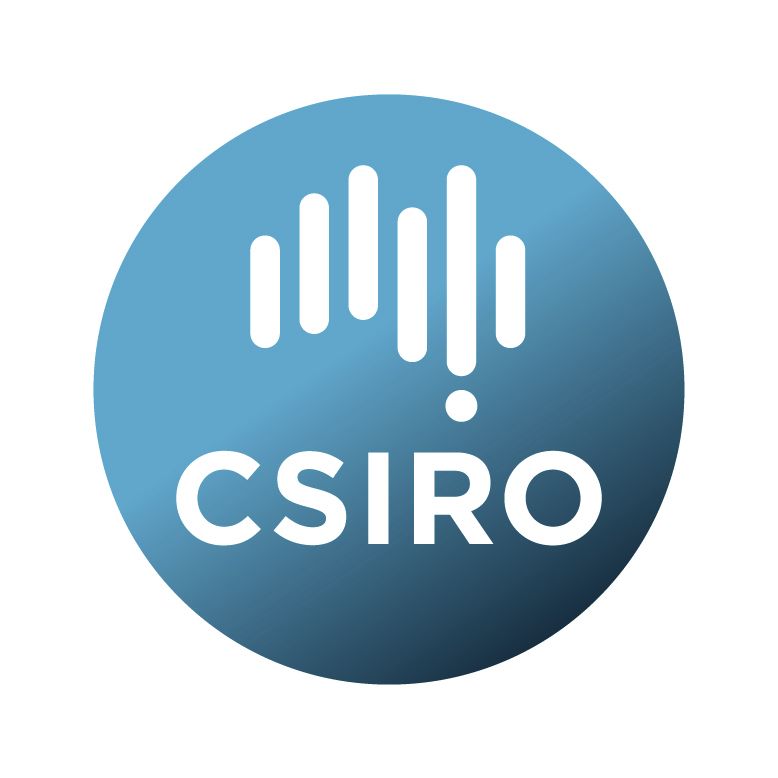Brief description
Data supporting the research paper published in Plant Phenomics Journal: https://doi.org/10.34133/2021/9842178D. M. Deery, D. J. Smith, R. Davy, J. A. Jimenez-Berni, G. J. Rebetzke, and R. A. James,
“Impact of varying light and dew on ground cover estimates from active ndvi, rgb, and lidar,” Plant Phenomics, vol. 2021, pp. 1–14, May 2021. doi: 10.34133/2021/9842178.
A field experiment was conducted in 2017 at the Managed Environment Facility (MEF), Yanco Agricultural Institute, Australia, on chromosol soil with a clay-loam texture. The experiment was sown on May 29th after a pea crop, managed with appropriate nutrition, and pest/disease control measures. It involved 192 plots (6 m long, 7 rows, 25 cm spacing, 200 seeds/m²) of 99 wheat genotypes varying in canopy traits. Genotypes were sown in a partial-replicate design with an average replication of 1.9.
Meteorological data were sourced from a nearby weather station, while solar radiation was measured 60 km away in Griffith, NSW. Phenotypic data were collected using Phenomobile Lite™, a portable terrestrial phenotyping platform equipped with LiDAR, an NDVI GreenSeeker® sensor, and a digital camera. Data were geocoded and collected during two events (August 1-2 and August 17-18, 2017), capturing hourly measurements from 12:00 to 18:00 and 07:00 to 12:00 across both days.
The collected data included LiDAR-derived canopy coverage (green cover, GC), NDVI values, and RGB images. LiDAR data were processed using a custom pipeline, geocoded, segmented into plots, and analyzed to extract GC. RGB images were analyzed for green pixel content, and NDVI data were averaged across plots.
Lineage: Refer to materials and methods section of published research paper: https://doi.org/10.34133/2021/9842178
Available: 2024-10-22
Data time period: 2017-08-01 to 2017-08-18
Subjects
Agricultural, Veterinary and Food Sciences |
Agricultural Systems Analysis and Modelling |
Agriculture, Land and Farm Management |
Agronomy |
Crop and Pasture Biochemistry and Physiology |
Crop and Pasture Production |
green fraction |
plant canopy coverage ratio |
vegetation fractional coverage |
User Contributed Tags
Login to tag this record with meaningful keywords to make it easier to discover
Identifiers
- DOI : 10.25919/0XKE-D287

- Handle : 102.100.100/393850

- URL : data.csiro.au/collection/csiro:50563



